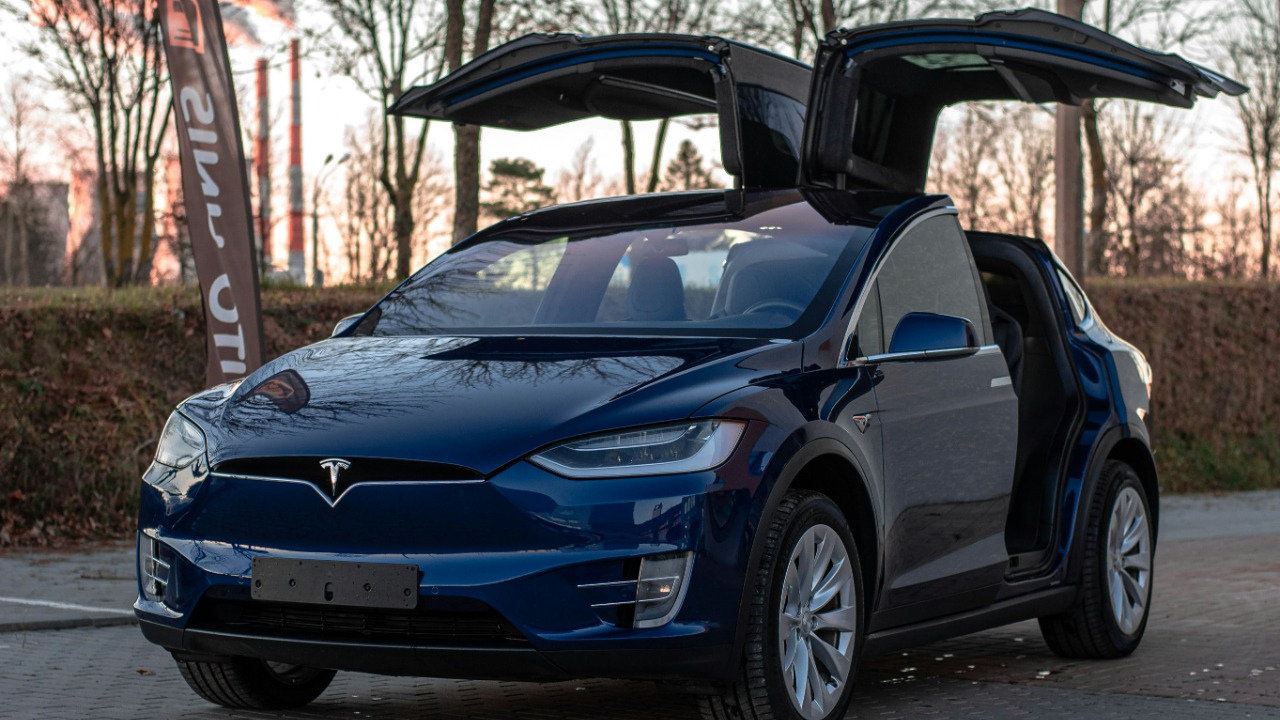
The improved Tesla Model S and Model X are making a comeback in Europe after being absent from the market for some time. Despite enhancements aimed at increasing their appeal, consumer interest in these flagship sedans remains notably low. This situation, reported on October 23, 2025, underscores the ongoing challenges Tesla faces in the European market.
Background on the Model S and X Relaunch
The return of the improved Tesla Model S and Model X to Europe marks a significant moment for the company, as it attempts to reestablish its presence in a competitive market. The relaunch follows a hiatus that was influenced by a combination of regulatory hurdles and production adjustments. Tesla’s decision to reintroduce these models is part of a broader strategy to capture a larger share of the premium electric vehicle (EV) segment internationally. The company has aimed to address previous criticisms by incorporating key upgrades into the new versions of these models.
These improvements are designed to align with European market expectations, which have evolved since the models were last available. The updated versions of the Model S and Model X feature enhancements that Tesla claims are a direct response to consumer feedback. By focusing on these upgrades, Tesla hopes to better compete with local and international EV manufacturers that have gained ground during its absence. The relaunch is also a strategic move to reinforce Tesla’s commitment to the premium EV market, which remains a crucial component of its global business model.
Key Improvements in Design and Features
The latest iteration of the Tesla Model S boasts several enhancements aimed at boosting its appeal among European consumers. Notable improvements include performance tweaks that enhance driving dynamics and interior refinements that elevate the luxury experience. These changes are intended to address previous criticisms and align the Model S more closely with the preferences of European buyers, who often prioritize both performance and comfort in luxury vehicles.
Similarly, the Tesla Model X has undergone significant updates to differentiate it in the competitive European market. Key features include advancements in autonomous driving capabilities and improved battery efficiency, which are critical selling points for consumers seeking cutting-edge technology and sustainability. These enhancements are designed to meet the growing demand for vehicles that offer both innovation and environmental responsibility. By focusing on these areas, Tesla aims to position the Model X as a leader in the luxury SUV segment.
Declining Interest in the European Market
Despite the improvements, the return of the Tesla Model S and Model X to Europe has not been met with the anticipated enthusiasm. Sales projections and pre-order data indicate a tepid response from consumers, suggesting that the enhancements may not be sufficient to reignite interest. Several factors could be contributing to this lack of enthusiasm, including increased competition from local EV manufacturers who have strengthened their presence during Tesla’s absence.
Economic conditions in Europe may also play a role in the subdued interest. As of October 23, 2025, the region faces economic challenges that could impact consumer spending on luxury items, including high-end electric vehicles. Additionally, the historical demand for the Model S and Model X in Europe prior to their temporary withdrawal was already showing signs of decline, which may have set the stage for the current situation. This context highlights the difficulties Tesla faces in regaining its footing in a market that has evolved significantly.
Implications for Tesla’s European Strategy
The muted reception of the improved Tesla Model S and Model X could have significant implications for Tesla’s overall strategy in Europe. A lack of consumer interest may affect the company’s brand perception, potentially diminishing its status as a leader in the premium EV market. In response to the reported lack of interest, Tesla may need to consider strategic adjustments, such as pricing modifications or targeted marketing campaigns, to better align with European consumer expectations.
These developments could also influence Tesla’s market share in the premium EV segment. If the company fails to capture the interest of European consumers, it risks losing ground to competitors who are more attuned to local preferences. This situation underscores the importance of understanding regional market dynamics and adapting strategies accordingly. As Tesla navigates these challenges, its ability to innovate and respond to consumer needs will be crucial in determining its future success in Europe.
For more details on the return of the Tesla Model S and Model X to Europe and the challenges they face, visit InsideEVs.
More from MorningOverview